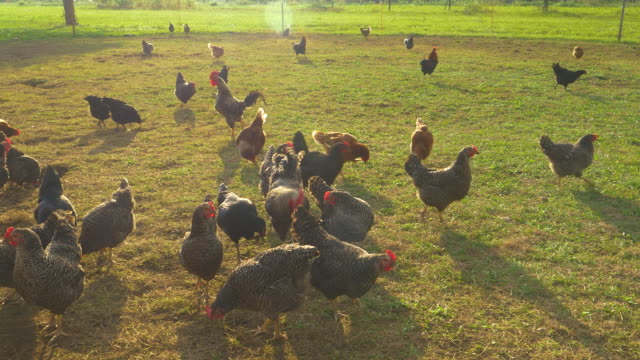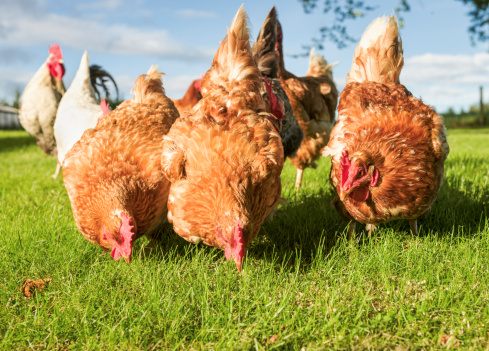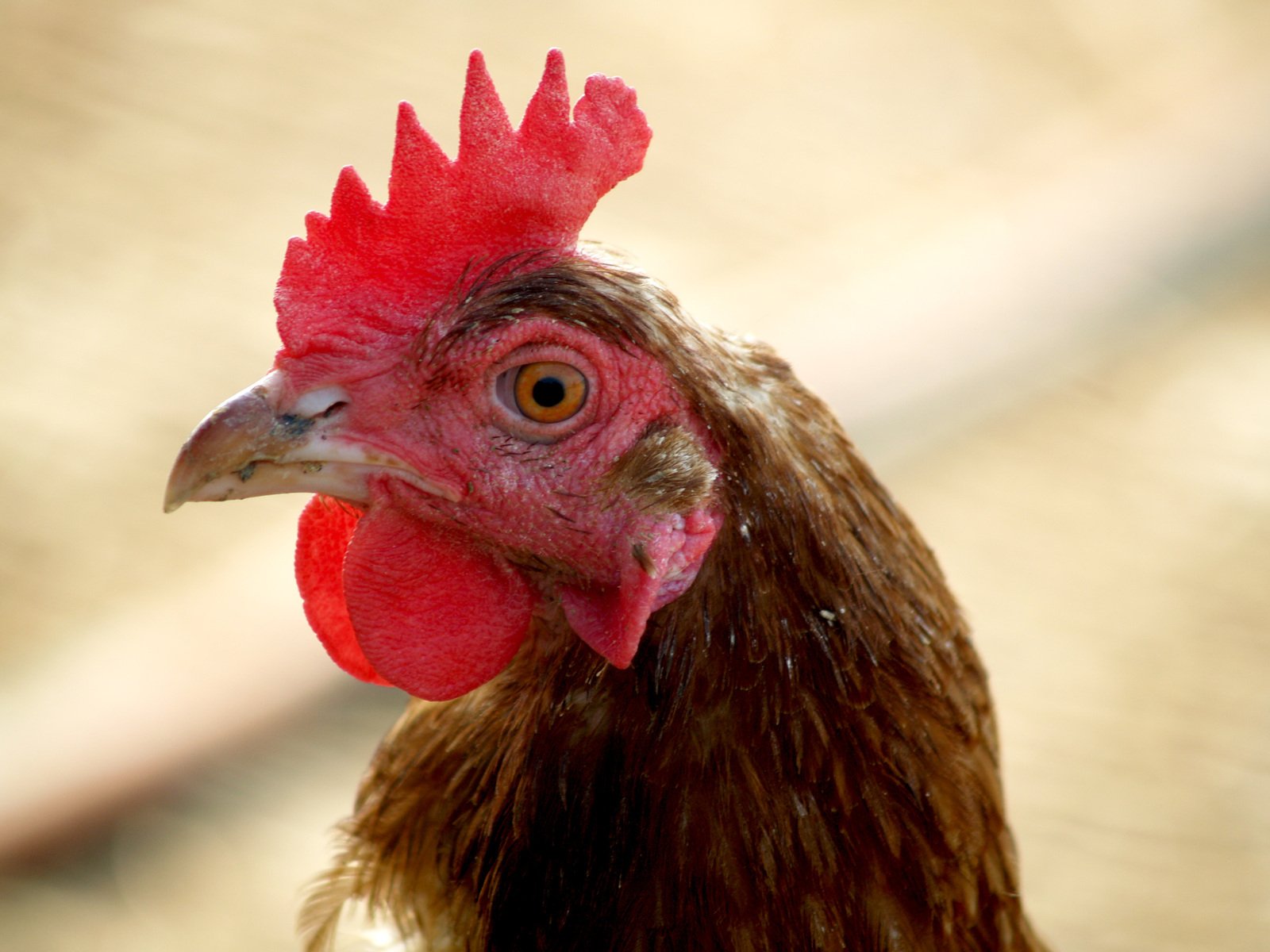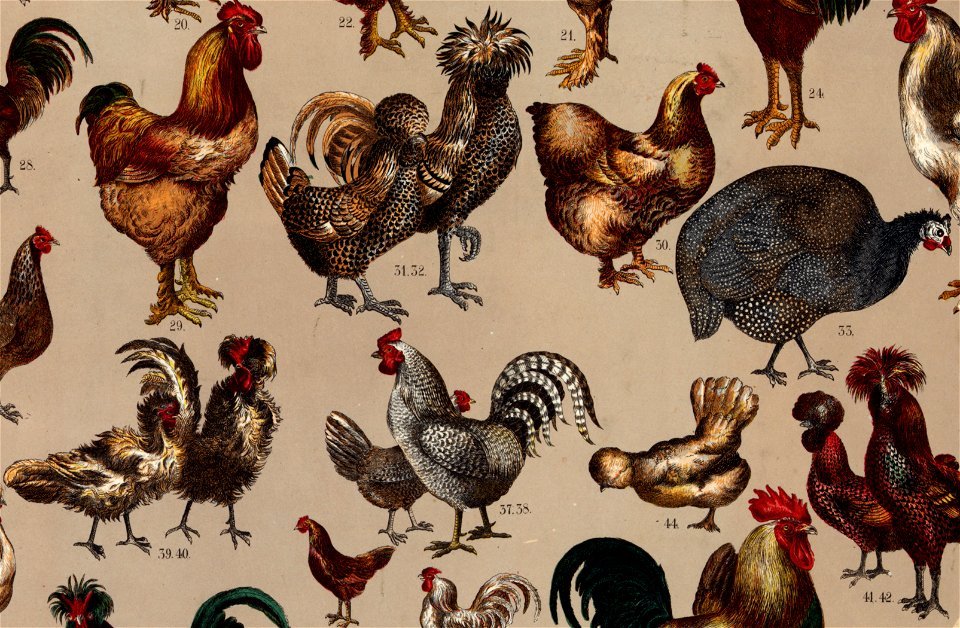Chicken coops are essential structures that provide a safe and comfortable living environment for backyard chickens. Whether you’re a seasoned poultry enthusiast or just starting your chicken-keeping journey, understanding the key considerations in building a functional coop is crucial. In this article, we will explore the fundamentals of chicken coop design, materials, size, and features to help you create a secure and cozy home for your feathered friends.
Section 1: Coop Design and Structure
- Design Considerations: Choose a coop design that suits your space, climate, and the number of chickens you plan to keep. Options include traditional coop styles, A-frame structures, mobile coops, and converted sheds. Consider factors such as ventilation, natural light, and predator protection when designing your coop.
- Materials: Common materials for chicken coops include wood, metal, and plastic. Wood is a popular choice due to its durability, insulation properties, and aesthetic appeal. Ensure that the materials used are safe, non-toxic, and resistant to moisture and decay.
Section 2: Coop Size and Space Requirements
- Space Guidelines: Provide ample space for your chickens to roam comfortably. As a general rule, allow at least 4 square feet of floor space per standard-sized chicken and additional room for nesting boxes and perches. Adequate space promotes healthy behavior, reduces stress, and minimizes the risk of disease transmission.
- Run and Outdoor Access: Consider incorporating an outdoor run or enclosed area to give your chickens access to fresh air, sunlight, and opportunities for natural foraging. This extension provides a safe space for exercise and enhances their overall well-being.
Section 3: Coop Features and Essentials
- Nesting Boxes: Include nesting boxes inside the coop for hens to lay their eggs. Provide one nesting box for every three to four hens, ensuring they are dark, quiet, and lined with soft bedding material such as straw or wood shavings.
- Perches: Install sturdy perches at varying heights to accommodate your chickens’ roosting instincts. Allow at least 8 inches of perch space per bird and ensure they are comfortable and positioned away from drafty areas.
- Ventilation and Insulation: Proper ventilation is essential to maintain good air quality and prevent moisture buildup. Incorporate windows, vents, or mesh openings to allow for adequate airflow. Insulation may be necessary in colder climates to keep chickens warm during winter months.
Section 4: Maintenance and Cleaning
- Regular Cleaning: Maintain a clean coop environment by removing droppings, replacing bedding, and checking for signs of pests or disease. Regular cleaning helps prevent odor, minimize health risks, and ensures a healthy living space for your chickens.
- Security and Predator Protection: Secure the coop with sturdy fencing, hardware cloth, and locks to prevent access by predators such as raccoons, foxes, or rodents. Regularly inspect the coop for any potential weak spots or breaches.
Conclusion: Building a well-designed and functional chicken coop is a fundamental aspect of responsible chicken-keeping. By considering the coop design, materials, size, and essential features, you can create a safe and comfortable home for your chickens. A thoughtfully constructed coop not only protects your flock from predators and the elements but also provides them with a nurturing environment that promotes their well-being and productivity. With proper planning and attention to detail, you can create a chicken coop that not only serves its practical purpose but also enhances your enjoyment of keeping backyard chickens.



